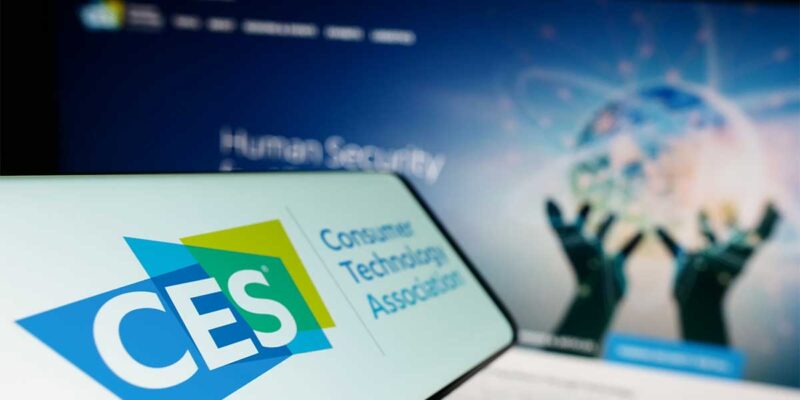AI and Higher Ed

AI is one of the most consequential and fast-moving technologies we have seen in years. The speed of change and drastic impact of that change will cause people to react quickly, go with the crowd and make poor decisions about how the technologies will be used in their businesses. No one, not even higher ed institutions, want to be seen as out of touch, or behind the curve, so many will make decisions with speed, rather than with careful thought.
I have emphasized the importance of strategy in previous articles and I believe there has never been a more important time to understand your strategy and apply that strategy to your implementation of AI. A first instinct for most firms is to consider cutting people and saving money. A cautionary note to that instinct is included in this HBR article that argues that replacing people with technology will actually negatively impact your future success. The article outlines how all major changes in technology (printing press, electricity, internet) have changed people’s roles, but have not resulted in eliminating large numbers from the workforce. In fact, the article details how using AI wisely can help you innovate, improve what you do and have your current employees provide extra value to your institution. So, as you think about implementing AI at your institution, you must ask why are you doing it, and is your implementation fitting with your overall strategy.
At my institution, we made a strategic decision 15 years ago to do our own classroom installs. In a nutshell, our strategy recognized that there is nothing more important than the time faculty spend with students in the classroom. We wanted to ensure that classroom time was protected and that technology problems would cause as minimal a disruption as possible. Therefore, understanding the room design, equipment and programming in exacting detail was required, and we could accomplish that by installing it ourselves. AI presents an opportunity for us to have automated design and programming. This may allow us to install rooms faster, but we need to consider whether it aids or hinders our strategy. If AI designed and programmed a room, do we know enough about that room to quickly fix a problem? A wiser use in our case would be to use AI to generate programming under a strict set of rules, so it fits our standards. AI that allows us to easily change pieces of equipment in a large number of rooms, and to automatically edit and distribute that programming, does fit our strategy and does allow our current team to create additional value.
This strategic thinking needs to be applied to faculty and student interactions. The only reason any school exists is to educate our students, of that there is no doubt. Some schools focus on high numbers of students at a lower tuition cost. Others have very hands-on, direct interactions with faculty, and that often comes at a higher tuition rate. For the former, perhaps presenting some courses that are developed via AI, or have tutoring offered by an AI, may continue to fit their strategy, while for the latter, that would not fit their strategy.
As technology professionals, we have a unique opportunity to help our leaders understand what AI can offer, but more importantly how it can fit into the unique things that make each of our institutions different. We can also help leaders understand how bad implementations of AI can damage what our schools do well. We have responsibilities to our customers, communities and employees. AI should be viewed through a lens of increasing value, and further promoting the strategy of an organization, not simply how do we eliminate staff and save money.
Editor’s Note: This blog is part of a series for Artificial Intelligence (AI) Appreciation Day, which is held annually on July 16. Click here to read more AI Day stories from rAVe [PUBS] and click here to read more AI Day stories from LAVNCH [CODE].




